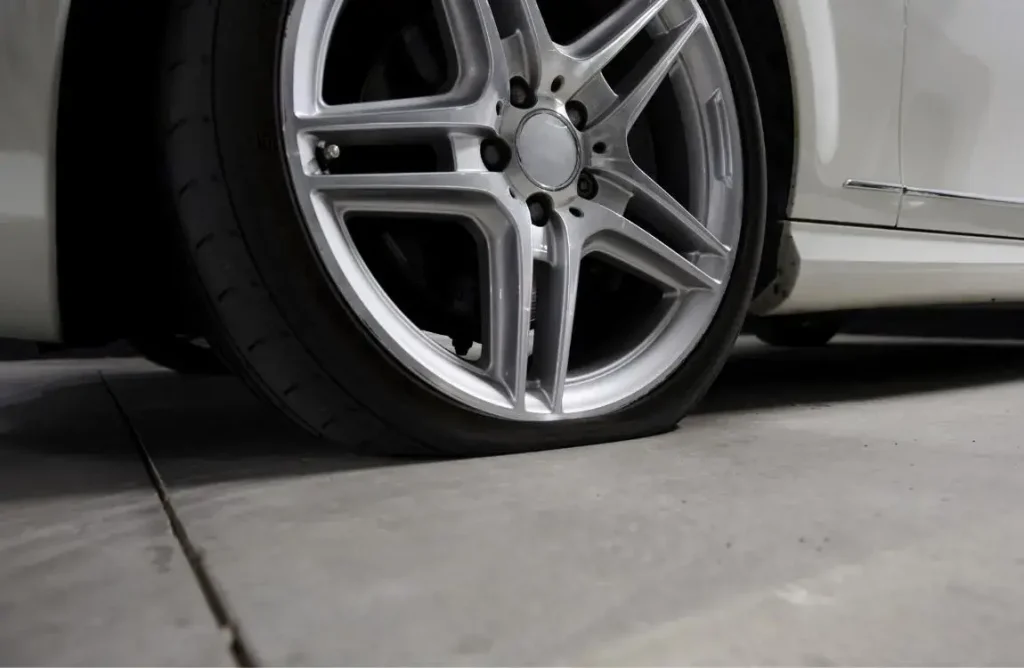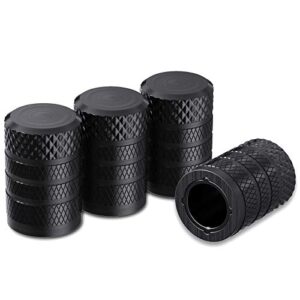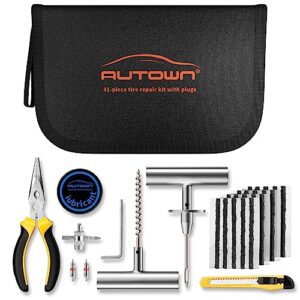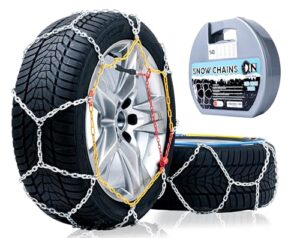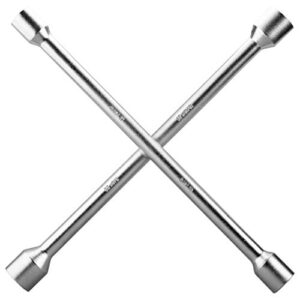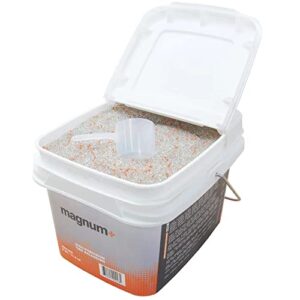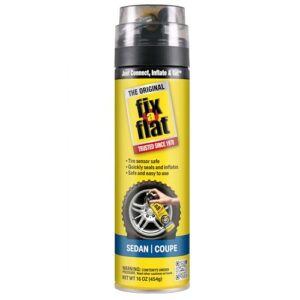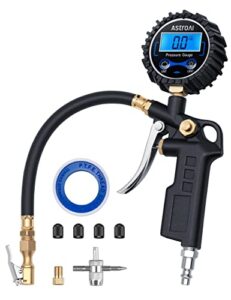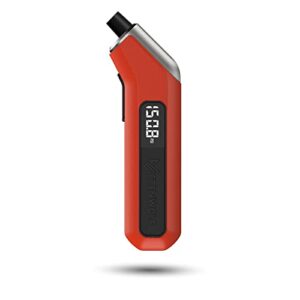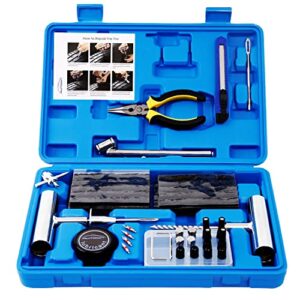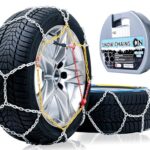A tire losing air overnight is often due to a puncture or faulty valve stem. Temperature changes can also affect tire pressure.
Tire pressure is crucial for vehicle safety and performance. Imagine preparing to leave in the morning only to discover your tire deflated, a frustration faced by many drivers. Such air loss can stem from various issues, including small punctures from driving over nails or debris.
Leaks in the tire bead, where the tire meets the rim, can also cause deflation. A damaged valve stem, which allows you to add air to your tire, might also be the culprit if it’s cracked or loose. Seasonal temperature drops can lead to decreased pressure as well, though this usually affects all tires rather than just one. Regular inspections and maintenance are key to preventing unexpected air loss and ensuring your journey remains on track.
Common Factors Behind Losing Air Overnight
Waking up to a flat tire can be a frustrating start to the day, but this slow deflation might not always be due to a puncture. Several other factors contribute to the overnight loss of air from your tires, and understanding these can help both prevent and predict these occurrences. This section will explore the most common contributors to your tire’s overnight air loss.
Temperature Fluctuations And Their Effects On Tire Pressure
Tire pressure is sensitive to temperature changes, a principle explained by the Ideal Gas Law. As temperatures drop, the air inside a tire contracts, leading to decreased pressure. Conversely, when temperatures rise, the air expands, which can create an increase in pressure. Over the course of a night, particularly in areas with significant temperature drops, it’s not uncommon for tires to lose pressure. This effect is more pronounced in the transition from summer to fall and from fall to winter.
- For every 10 degrees Fahrenheit change, tire pressure can change by 1-2 PSI.
- Checking tire pressure should be a regular event, especially with seasonal changes.
The Impact Of Driving Habits And Tire Aging
Your driving habits play a significant role in the health of your tires. Aggressive driving that includes hard braking and sharp turns can cause microdamage to tires, leading to slow air loss. Over time, tires naturally deteriorate and dry out, increasing the likelihood of air seepage. Old tires are more susceptible to overnight pressure drops due to:
- Reduced elasticity of the tire material.
- Micro-cracks in the tire surface or sidewall.
Regular tire maintenance, combined with smooth driving practices, can extend tire life and minimize air loss.
Understanding The Valve Stem Mechanism
The valve stem is a small but crucial tire component. It’s the access point for inflating your tires and contains a spring-loaded valve core that seals the air inside. A faulty valve stem can cause air to seep out slowly, resulting in reduced tire pressure overnight. Key signs of valve stem issues include:
- Visible damage or corrosion.
- Loose or missing valve cap, which helps keep out dirt and moisture.
To ensure valve stems are not the cause of air loss, regular inspections and replacing them when changing your tires are recommended.

Why My Tire Losing Air Overnight: The Usual Suspects
Waking up to a deflated tire is not only inconvenient, it’s baffling, especially when there’s no obvious sign of a flat. While a puncture from a nail or other sharp object is a clear culprit, air loss often occurs without such clear evidence. Understanding the stealthy offenders that contribute to overnight air loss in tires is critical to both solving and preventing this pesky problem.
Punctures Too Small To Notice
Sometimes, objects like a small pin or a tiny piece of debris can cause micro-punctures in your tire, which are not immediately visible to the naked eye but can nonetheless lead to gradual air loss. Regular tire inspections are crucial, even if no puncture is readily apparent.
The Breakdown Of Tire Seals Or Bead Leaks
The seal between the tire and the rim can deteriorate over time or due to exposure to harsh elements, leading to bead leaks. Old and corroded rims can exacerbate the issue, causing air to seep out. Weather-induced tire damage or wheel alignment problems can also trigger unexpected bead leaks.
Faulty Valve Stems And Their Role In Air Loss
Valve stems, though small, play a pivotal role in maintaining tire pressure. Over time, valve stems can wear out, get damaged, or become loose, and even the tiniest defect can result in significant air loss. It is advisable to check valve stems regularly and consider replacing them when getting new tires.
Unseen Damage To Wheels
Waking up to a flat tire can ruin the start of your day, and it’s often a mystery why your tire is losing air overnight. While various factors could be at play, unseen damage to wheels is a leading culprit in these puzzling situations. Your wheels endure a lot from the road, but not all damage is immediately apparent upon visual inspection. Let’s take a closer look at how unseen damage can lead to air loss.
Corrosion’s Role In Air Leakage
Corrosion on wheels is more than just an eyesore—it can be a sneak thief of tire pressure. Corrosion occurs when the metal of the wheel starts to degrade due to exposure to moisture, chemicals, and road salts. This process can lead to fine cracks and porosity in the wheel material itself, creating pathways for air to escape.
- Aluminum wheels can develop corrosion under the tire bead, where it seals against the rim.
- Steel wheels are prone to rust, which can spread beneath the surface and undermine the air-tight seal.
Regularly cleaning your wheels and inspecting them for signs of corrosion can help prevent this stealthy air loss.
The Impact Of Dents And Bends On Wheel Rims
Dents and bends might seem insignificant, but they can have a significant impact on your wheels. Hit a pothole too hard or clip a curb, and the wheel rim might sustain damage that’s not immediately evident. Over time, these deformities can distort the shape of the wheel, leading to a poor seal with the tire.
Wheel rim damage includes:
- Small dents that disrupt the bead seal, allowing air to seep out slowly.
- Bends that could cause the tire to sit unevenly, possibly leading to more rapid air loss.
A professional inspection can detect these subtle imperfections and assess if the wheel requires repair or replacement.
How Wheel Alignment Issues Can Cause Air Loss
Improper wheel alignment seems unrelated to air pressure at first glance, but it can indirectly contribute to overnight air loss. Misalignment leads to uneven tire wear, which stresses the tire, changing how it sits on the rim. This abnormal wear can eventually create gaps between the tire bead and the wheel, through which air can escape.
| Aspect of Misalignment | Effect on Tire |
|---|---|
| Camber | Uneven wear on the inside or outside edge of the tire. |
| Toe | Feathering or scalloping pattern on the tire, affecting the bead seat. |
| Caster | Pulls or drifts the vehicle, causing uneven stress on tires. |
Regular alignment checks are crucial to prevent this subtle yet critical air loss. They ensure your tires and wheels are in harmony, reducing the risk of overnight deflation.
Sealant Woes And Pressure Cap Problems
Waking up to a tire that’s lost air overnight is a common frustration for many car owners. Two culprits often at the heart of the escape are sealant troubles and pressure cap mishaps. Exploring these aspects can shed light on this mysterious air loss and lead to swift resolutions, ensuring that morning commutes begin smoothly, without any deflating surprises.
Compromised Tire Sealants And Their Effect
Tire sealants provide a temporary fix for punctures, but an outdated or improperly applied sealant can turn into a long-term headache. Compromised sealants may lose their effectiveness, which manifests in subtle air leaks that become noticeable overnight. The following points highlight how sealant issues can lead to tire deflation:
- Aging sealant breaks down over time, losing its capability to seal punctures effectively.
- Incompatible sealants might not work well with certain tire materials or temperatures, thereby failing to maintain a tight bond.
- Incorrect application results in uneven coverage and leaving spaces for air to escape.
Replacing or reapplying tire sealant following the manufacturer’s guidelines will help ensure the integrity of the tire and reduce the likelihood of overnight air loss.
How Misplaced Or Damaged Pressure Caps Contribute To The Issue
Valve stem caps play a surprisingly significant role in tire pressure maintenance. A missing or damaged cap might seem minor, yet it opens the door to slow air leaks. Intact and properly fitted pressure caps help prevent:
- Debris from clogging the valve could allow tiny amounts of air to seep out.
- Moisture enters the valve, potentially leading to corrosion and subsequent leaks.
- Minor impact damage to the valve stems that could compromise its seal.
Inspecting and maintaining valve stem caps is a quick and easy preventative measure. Ensure caps are tightly secured and in good condition to preserve tire pressure consistently.
Weather And Environmental Factors
Have you ever wondered why your tire seems perfectly fine one day and then, out of the blue, is mysteriously deflated the next morning? You’re not alone! Various weather and environmental factors play significant roles in the air pressure of your tires. Let’s explore how these elements can stealthily siphon the air from your wheels.
Examining How Cold Weather Can Cause Tire Deflation
The effects of cold weather on tire pressure aren’t just a myth; they’re grounded in science. As temperatures drop, the air inside your tires contracts, leading to a decrease in pressure. This natural phenomenon can catch many drivers off guard, especially during the first cold snap of the season. When winter approaches, expect to lose approximately 1 PSI (pound per square inch) for every 10 degrees Fahrenheit decrease in temperature. Regular tire inspections during cold months are essential to maintain optimal pressure levels and ensure a safe driving experience.
External Factors Like Altitude Changes And Their Impacts
Travel can often take you through various altitudes, and with each change comes a potential impact on your tire pressure. Ascending into higher altitudes causes a drop in atmospheric pressure outside the tire, leading to a relative increase in tire pressure. Conversely, descending to lower altitudes works in the opposite fashion. While these changes might not be as drastic as temperature-based fluctuations, they can still contribute to an unexpected loss of air overnight. For those who live in mountainous areas or frequently travel across elevation gradients, mindful monitoring of tire pressure is a must.
| Condition | Impact on Tire Pressure |
|---|---|
| Colder Temperatures | Air contracts, causing decreased tire pressure |
| Rising Altitudes | Exterior atmospheric pressure drops, tire pressure relatively increases |
| Descending Altitudes | Exterior atmospheric pressure rises, tire pressure relatively decreases |
To maintain the right tire pressure and prevent your tires from losing air overnight due to weather and environmental factors, remember to check your tire pressure regularly and adjust as necessary. Knowledge of these elements and proactive maintenance can help you avoid tire-related issues and stay safe on the road.
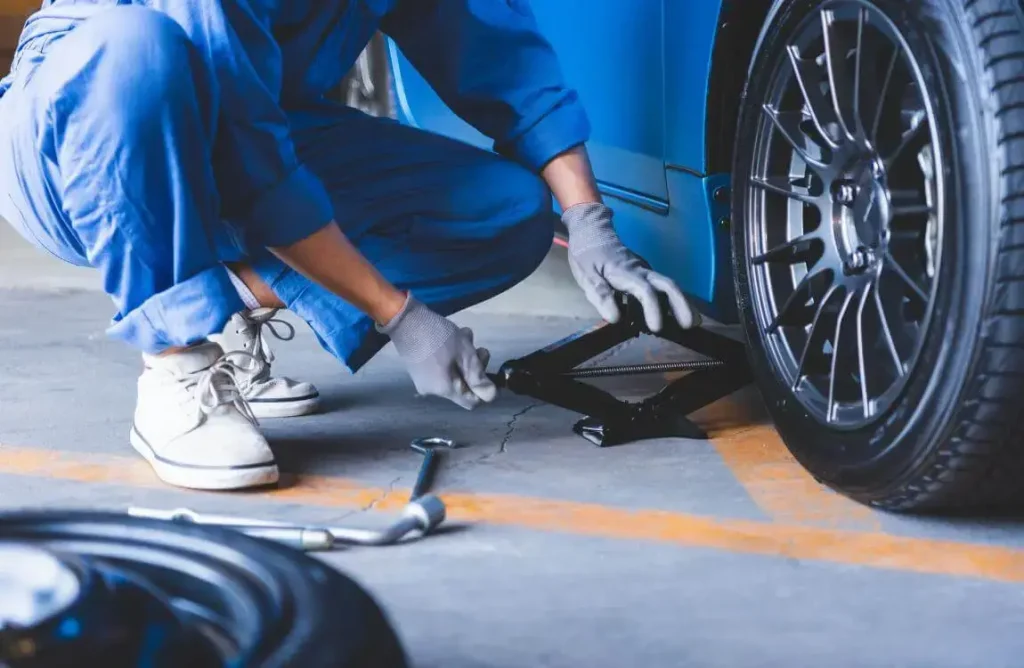
Professional Solutions And DIY Checks
Finding your tire deflated after a peaceful night’s slumber can certainly ruin the start of your day. But before you let tire troubles get the better of you, remember that both professional mechanics and your own vigilance can play a pivotal role in averting these air-loss predicaments. In this section, we’ll delve into the importance of routine professional inspections, simple at-home checks, and understanding when it’s time to call in the experts for those serious tire issues.
The Significance Of Routine Professional Inspections
Regular assessments by skilled technicians cannot be overstated. A comprehensive inspection covers:
- Tire pressure adjustments to ensure it aligns with your vehicle’s specifications.
- Assessment of wear patterns indicating alignment or suspension problems.
- Detection of punctures or embedded objects that may not be visible to the untrained eye.
Deftly conducted by pros, these checks can preempt sudden air loss, saving time and avoiding potential accidents.
Simple At-home Checks To Prevent Surprise Air Loss
Don’t overlook the power of a few basic DIY strategies to maintain tire health. Arm yourself with a reliable tire pressure gauge and:
- Regularly monitor the tire pressure, especially with changing temperatures, as this can lead to fluctuation in tire inflation.
- Visually inspect tires for any signs of damage like cuts, bulges, or objects that may cause air to escape.
- Conduct the soapy water test by spraying a solution over the tire and valve system, and watching for bubbles that indicate a leak.
These precautionary measures can help nip tire leaks in the bud.
When To Seek Help: Identifying Serious Tire Issues
It’s critical to recognize when a tire situation is beyond DIY remedies. Seek professional assistance:
- If you spot excessive tread wear, it might signal a need for tire replacement or realignment.
- When persistent leaks persist despite all your at-home fixes.
- If you notice sidewall bulges or irregularities, often indicating internal damage that requires expert attention.
Sometimes, immediate expert intervention is the surest path to ensuring your tires are safe and reliable.
Frequently Asked Questions
Can Temperature Affect Tire Pressure Overnight?
Tire pressure can drop with declining temperatures, due to the air contracting and decreasing the volume inside the tire.
Why Do Punctures Cause Slow Tire Deflation?
Small punctures often lead to gradual air leakage, reducing tire pressure slowly rather than causing an immediate flat tire.
What Role Do Valve Stems Play In Deflation?
Faulty or damaged valve stems can allow air to escape, resulting in tires losing pressure, sometimes noticeably overnight.
Conclusion
Tackling overnight tire deflation can be challenging. Yet, understanding the common culprits offers a clear path to resolution. Regular inspections and prompt repairs ensure longevity for your tires, peace of mind, and safe travels. Don’t let a deflating tire deflate your spirits or your plans—stay proactive and ride smoothly.


